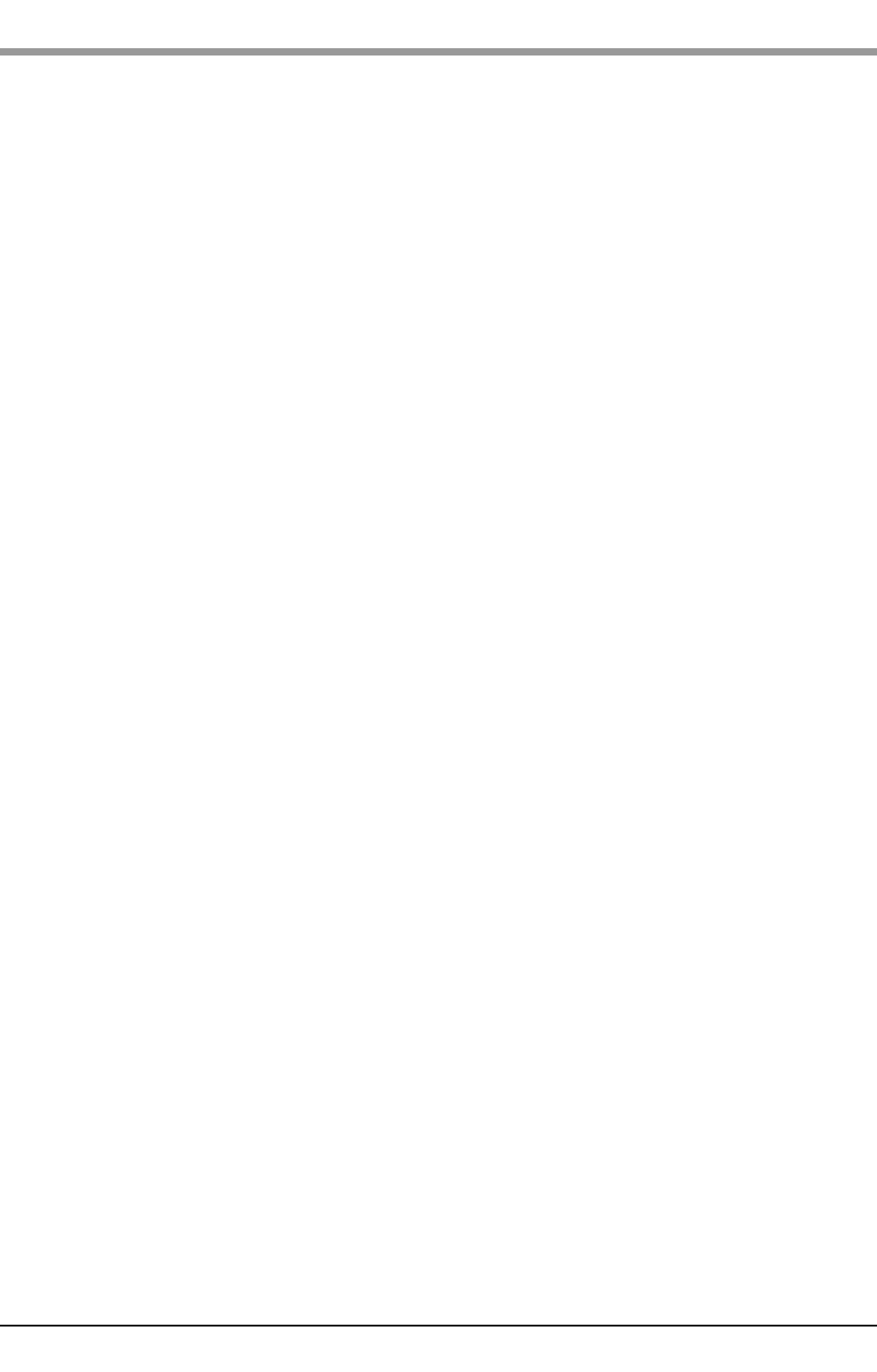
20 Stratford Tf & Ti Boiler Multifuel Stoves
INSTALLATION Ti MODELS
ADDITIONAL INFORMATION
FOR INSET STOVES (Ti40B)
BUILDERS OPENING / CHIMNEY
BREAST
Stratford Ti 40 fires are designed to be fitted into a
rectangular recess not less than 400mm (15 3/4'')
deep, not less than 400mm (15 3/4'') wide and not
less than 550mm (21 1/2'') high, the so-called
"standard builder's opening".
The fireplace surround should be vertical, and with
a flat surface against which the unit can be sealed.
The height and width of the flat surface required
will vary according to the model being installed.
Where the unit is to be fitted into an existing
opening it will normally be necessary to cut a hole
through the chimney breast so that a flue connector
can be fitted between the appliance and the
chimney flue. Avoid damaging the lintel.
For boiler models it may be necessary to cut access
holes through the side(s) or the chimney breast, so
that flow and return pipes can be connected to the
appliance.
FLUE
If using an insulated steel flue ensure that the
manufacturer's directions are followed. Take
special note that the first 450mm (18'') of the flue
should be single skin cast iron or heavy-duty steel
flue.
When a flue lining is fitted (to stainless steel or
pumice chimney systems) it should be supported
independently to the appliance, i.e. with clips,
brackets, flue lintels, etc. NOT simply resting on
top of the appliance. It should be possible to
remove the fire for major maintenance work.
CHECKING THE THERMOSTAT
Remove the thermostat knob by pulling off, lift
the side panel up and pull to the left to replace
the opposite side repeat the above exercise.
The control knob which is inside the fire for
despatch is fitted on to the shaft through the hole in
the left hand casing. It is however, advisable to
check the cold setting of the thermostat before
installing and running the appliance. This is best
seen from inside the appliance with the grate, fuel
retainer bars, ash pan, etc., removed.
With the control set at minimum the damper should
be just touching the side of the ash pit chamber all
round the air inlet grill.
With the control set at maximum (8) and the
damper plate parallel with the arm, there should be
a gap of approximately 23mm between the body
and the edge of the damper plate furthest from the
control shaft.
If the cold setting does require adjustment it will be
necessary to remove the front trim to give access to
the thermostat. To do this first remove the control
knob from the thermostat shaft, then slacken the
screws, which fix the casing to the unit front (a
screwdriver can be inserted through the slots on the
radius corner of the casing): the back of the casing
laps over the flange of the unit front. Lift the casing
and pull forward to remove. Adjust the setting by
slackening off the lock-nut.
Replace the casing on the unit front and refit the
control knob on to the thermostat shaft.
INSTALLATION
Fill the space around the appliance level with the
top unit with Vermiculite cement (6 parts
Vermiculite granules to 1 part Portland cement).
The flue socket in the appliance is designed to
receive 5'' or 6" nominal cast iron or heavy duty
steel pipe connector which should be caulked with
asbestos rope and fire cement.
The length of the connector pipe will be dependent
on the distance between the top of the appliance
and the bottom of the chimney but should be at
least 300mm (12").
Fill the remaining space around the connector with
the Vermiculite cement to a level where the pipe is
effectively sealed in the chimney flue, ensuring that
the flue gases can only be discharged into the flue
way. Reinstate brickwork to chimney breast and
make good. Remember to make provision for
access to boiler connections for routine
observation/maintenance.
Replace parts previously removed and check unit
thoroughly.


















